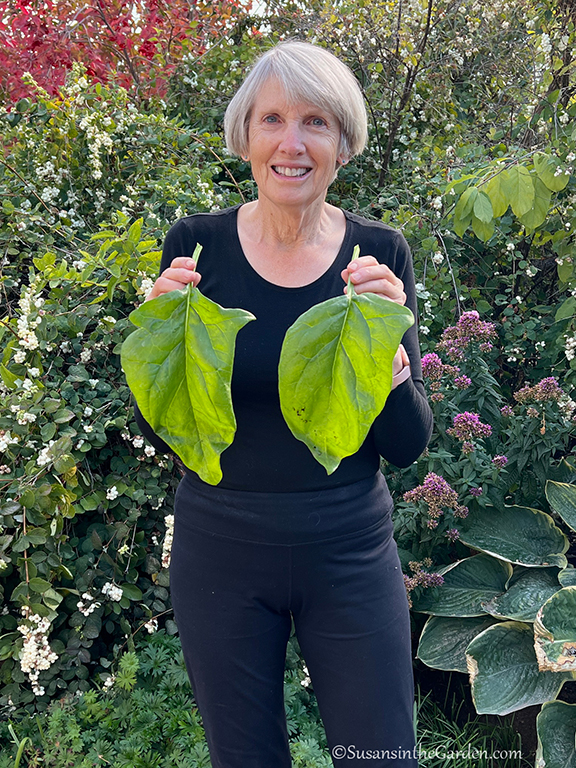How to Grow Spinach

In the early years, I didn’t like to grow spinach due to insect problems. Once I learned about covering my plantings with floating row cover or agricultural insect netting, my plants were pristine!
Latin Name: Spinacia oleracea
Plant Family: Beet (Amaranthaceae)
Cool-season crop
Did You Know?
Spinach was first cultivated in ancient Persia (modern-day Iran), followed by India and China. Unfortunately, it is not a fan of hot weather. Because of this, it’s best to grow spinach as an early season crop and/or a late season crop. Once summertime temperatures start rising, the plants will stop growing and bolt to seed. Look for heat-tolerant cultivars if your summers are particularly warm.
Plant Seeds or Seedlings? It’s easiest to sow seeds directly in the garden, but you can start them indoors to transplant later.
When: Early spring or late summer
Days to Germination: 5 to 10 days
Depth to Sow: 1/4 inch
Spacing: Sow seeds 1 inch apart, thin later to 6 inches apart
Days to Maturity: 40 to 50
Cultural Information:
Begin with a thick planting, then slowly thin them to a spacing of 6 inches by the time the plants are 3 inches tall. Be sure to eat your thinned seedlings! For optimal growth, feed with a nitrogen fertilizer such as diluted fish emulsion. Plants require regular watering in order to grow well.
If leaf miners are a problem in your region, be sure to cover your spinach bed with floating row cover as soon as you’ve sown the seeds. The plants do not require pollinator so the cover can be left in place for the entire season.
Susan’s Picks: ‘Bloomsdale’, ‘Butterflay’, ‘Escalade’, ‘Matador’ (very cold-tolerant), ‘Winter Giant Spinach’
Potential Insect Problems: Leafminers, slugs
When to Harvest:
Pick individual leaves when they are young and tender, rather than the entire plant. That way it can continue to produce more leaves until the weather gets hot.
How to Cook & Preserve:
In addition to using it fresh in salads, spinach is delicious when steamed or added to casseroles and soups. To freeze leaves for later use, steam or sautee them, let cool and place in freezer bags.
Note: There is also New Zealand spinach, but it’s not a true spinach. The stems and leaves are succulent so they are very heat-tolerant. Soak the seeds for 24 hours prior to planting them directly in the garden. Refer to the seed packet for information on growing them.
My Videos About Growing Spinach:
- Organic Insect Control: Aphids, Cabbage Worms & Leafminers
- Organic Insect Control: Flea Beetles, Hornworms, Slugs & Snails
Back to Vegetable Grow Guide Chart
Copyright: Susan Mulvihill, Susan’s in the Garden, SusansintheGarden.com.

